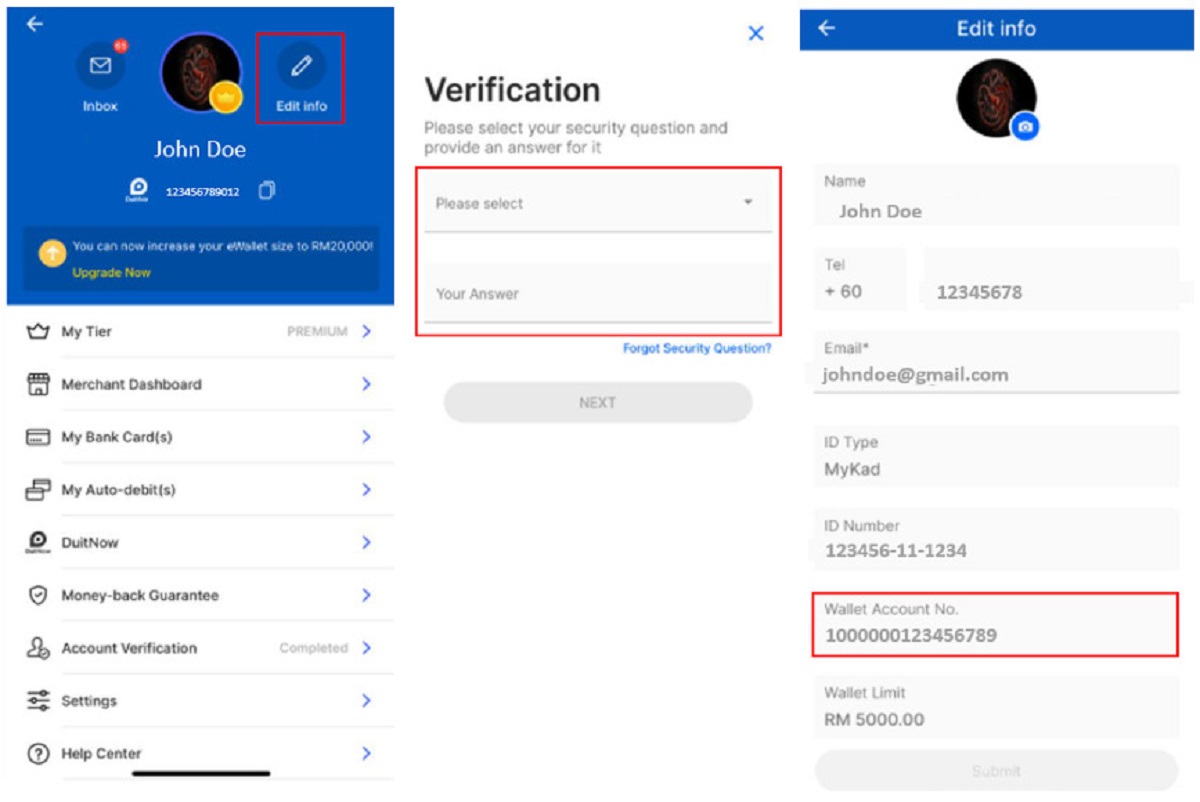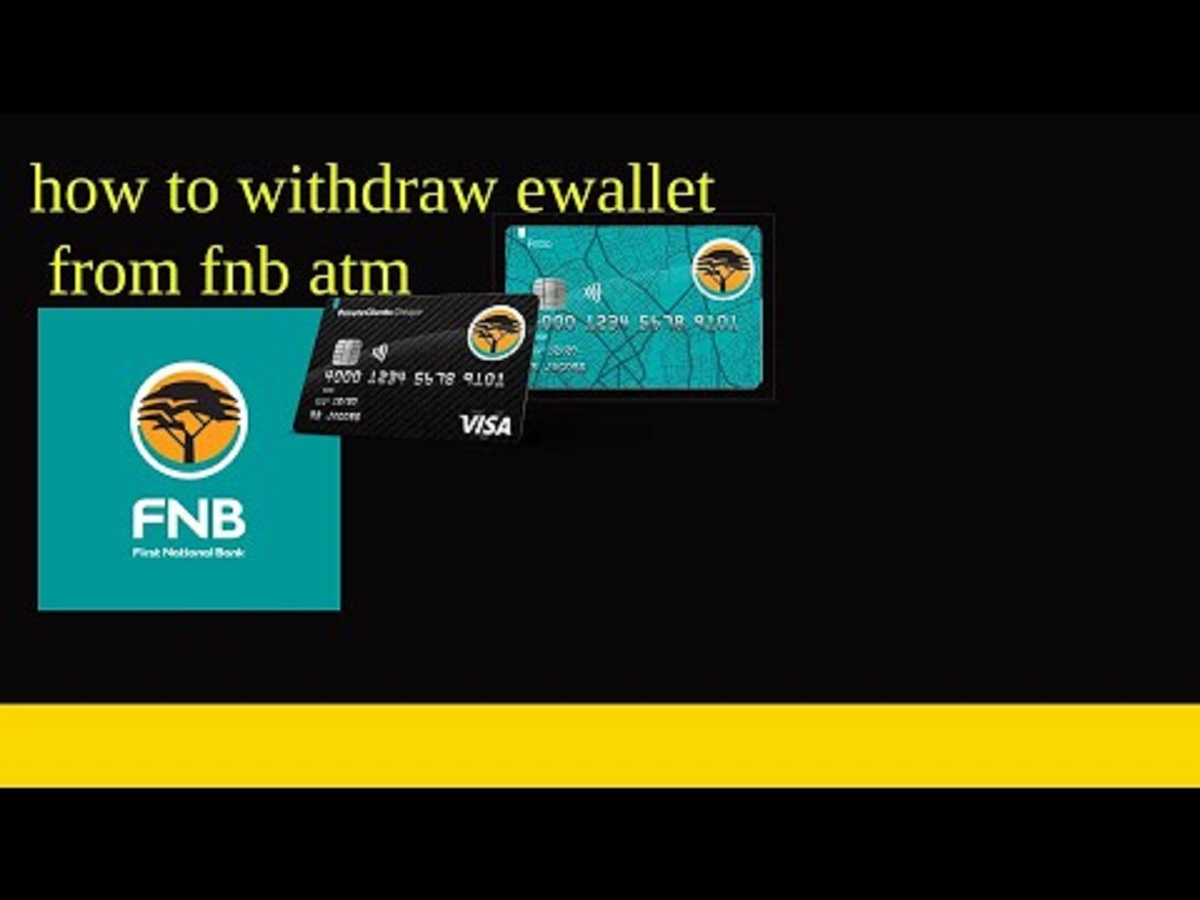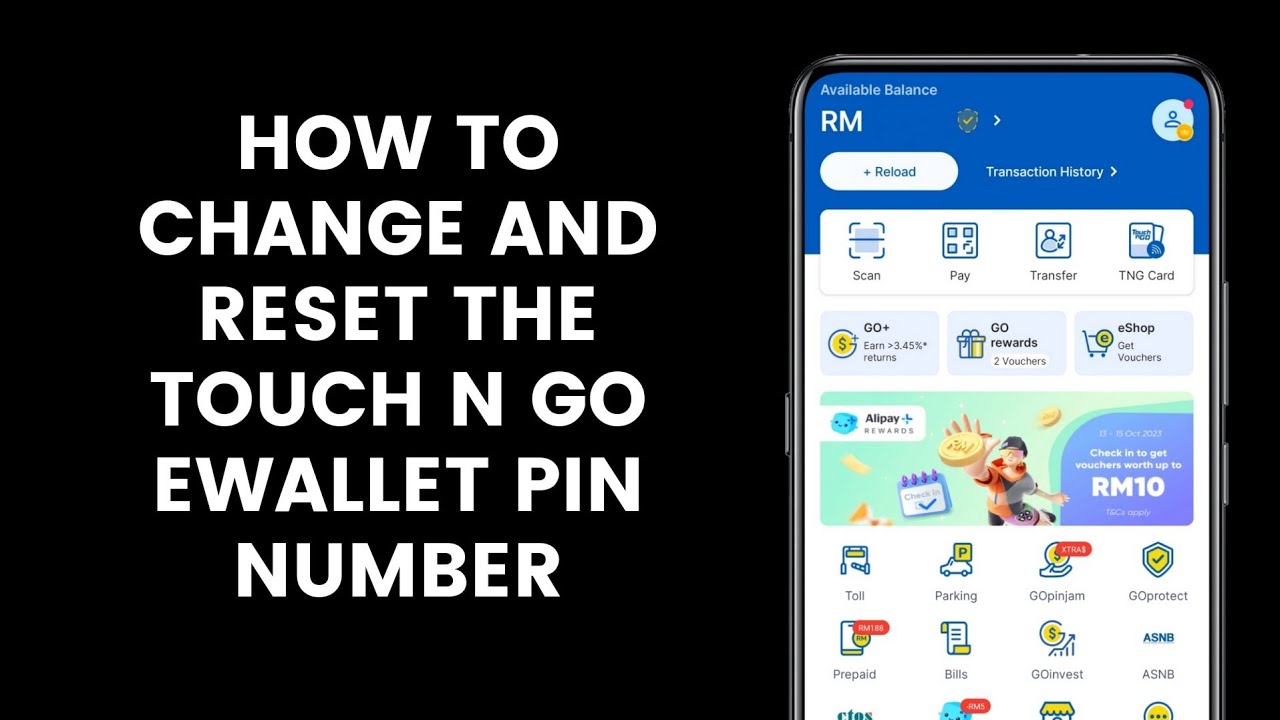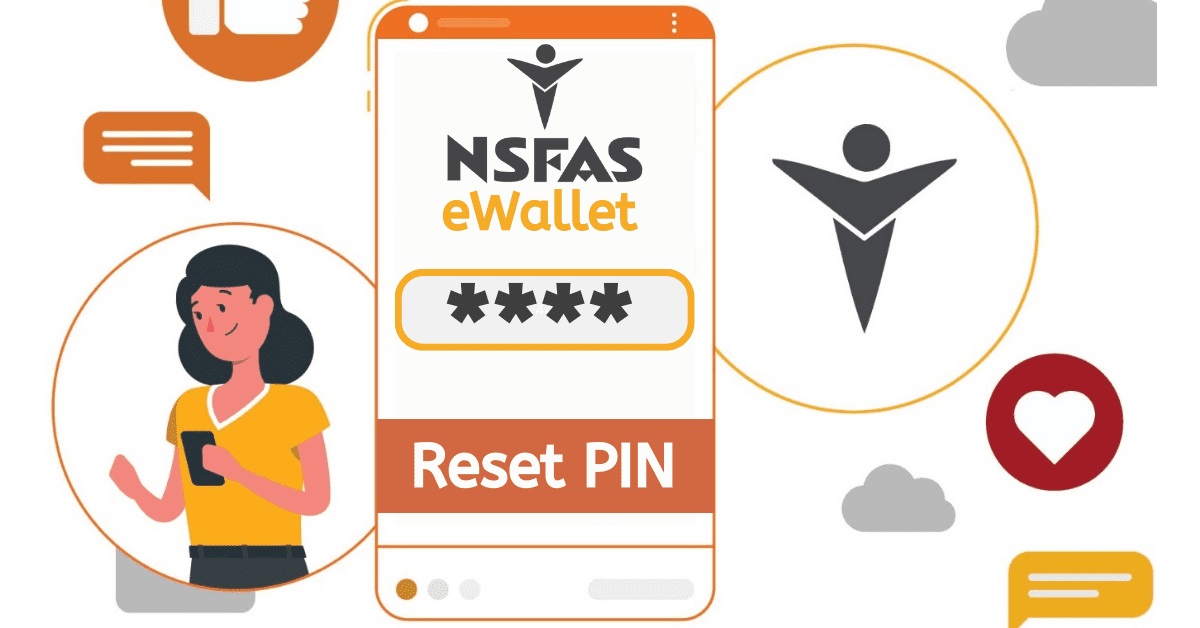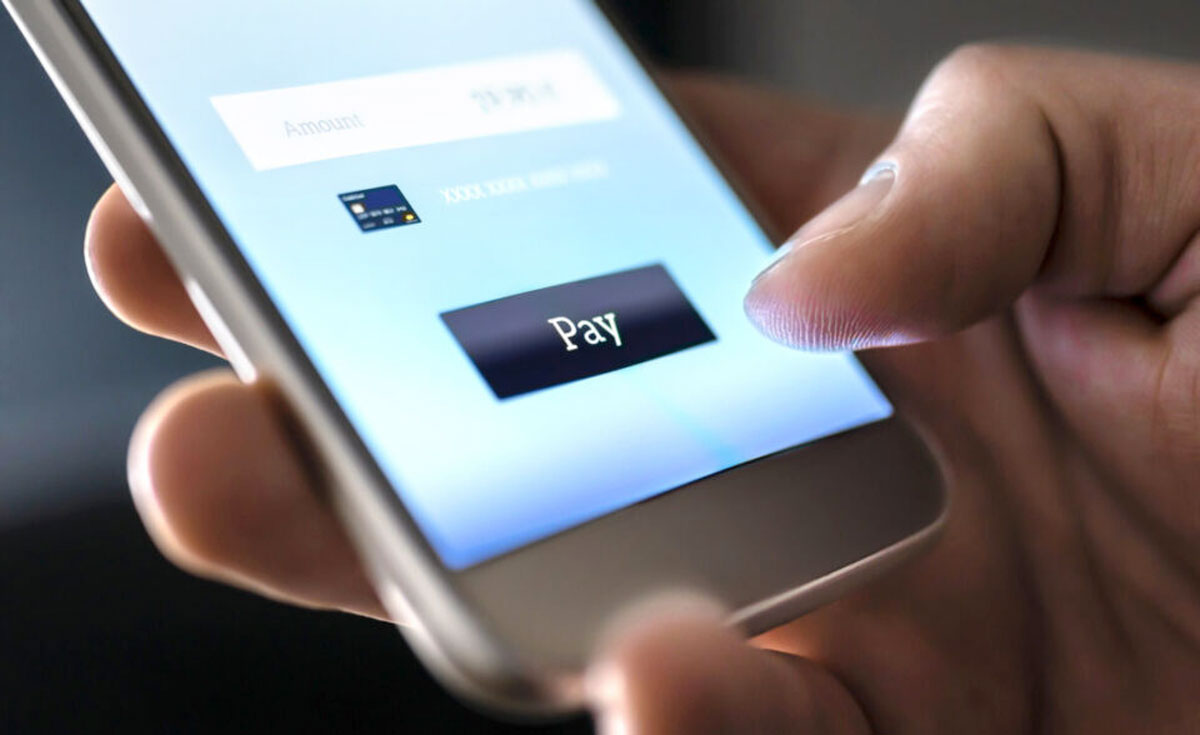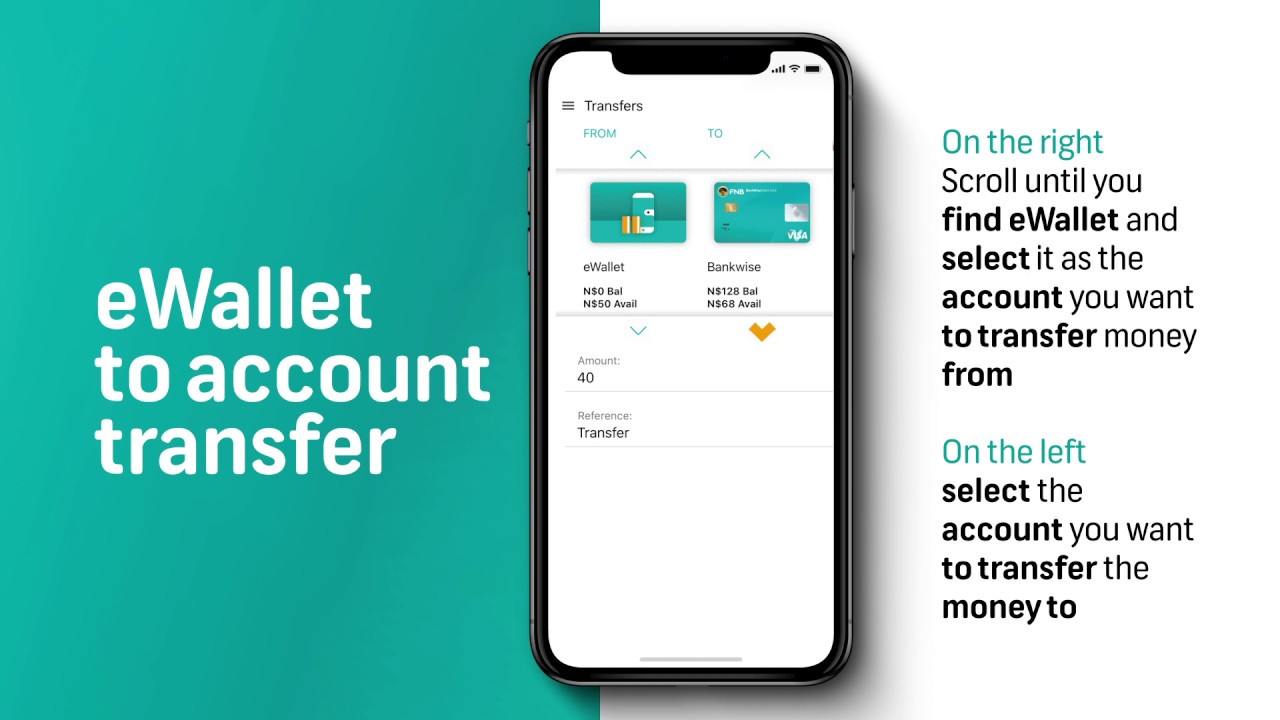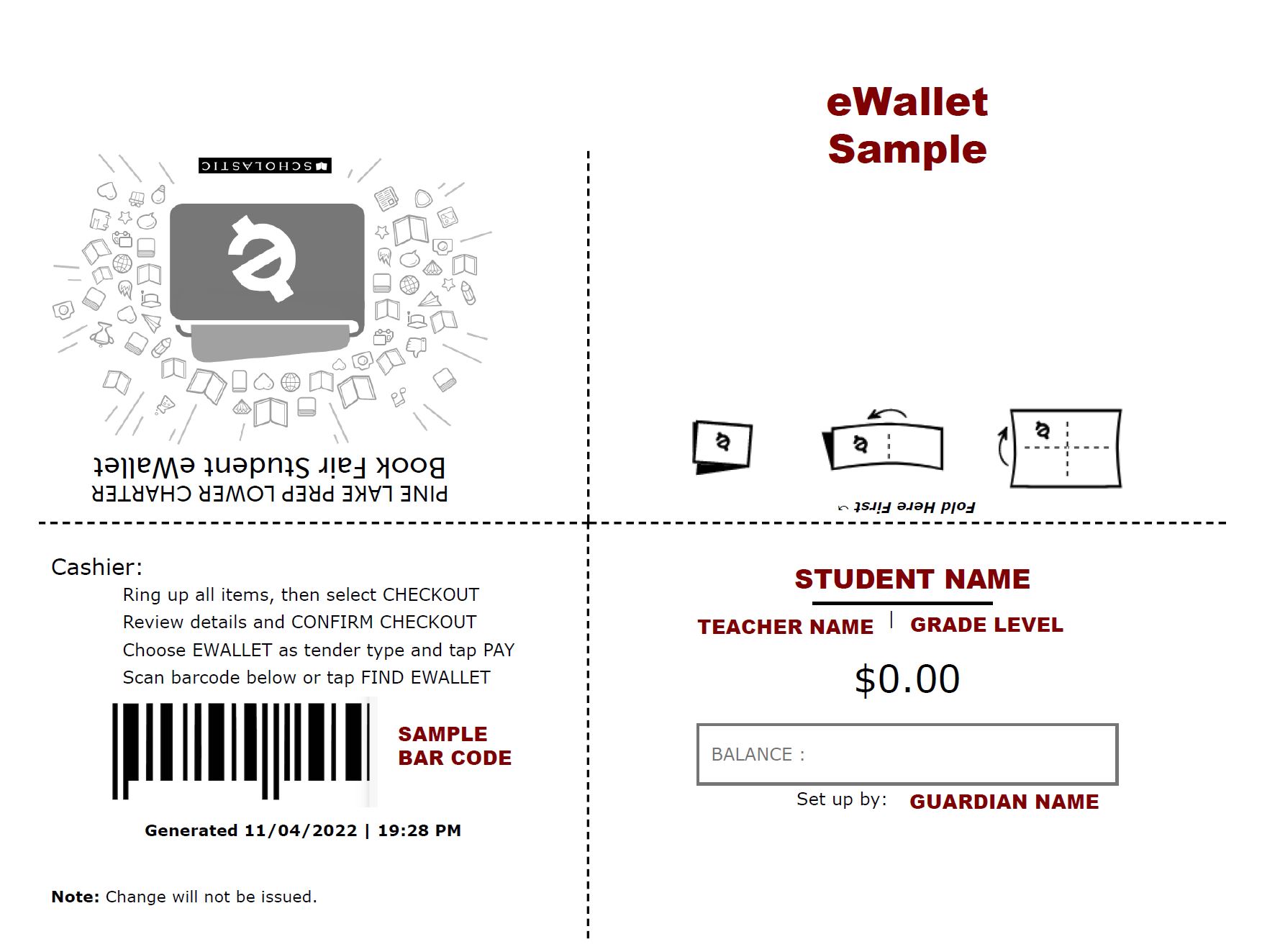Introduction
Welcome to the world of digital payments and convenience – the realm of e-wallet numbers. In this fast-paced era of technology, traditional wallets are being replaced by their digital counterparts. An e-wallet number, also known as a digital wallet number, is a secure and convenient way to store and use your money for online purchases, payments, and transactions.
With the growth of e-commerce and the increasing popularity of mobile banking, e-wallet numbers have become an essential part of our daily lives. From shopping online to paying bills, these virtual wallets offer a wide range of features that make managing your finances easier than ever before.
An e-wallet number is essentially a unique identifier that represents your digital wallet. It acts as a link between your bank account or credit card information and the various online platforms where you can use it. Once you have set up your e-wallet and linked it to your preferred payment method, you can seamlessly make transactions with just a few taps or clicks.
The convenience and efficiency of e-wallet numbers cannot be overstated. Forget about the hassle of carrying physical cash or digging through your purse or wallet to find the right card. With an e-wallet number, all you need is your smartphone or computer to make instant payments.
In addition to the convenience factor, e-wallet numbers offer a layer of security that traditional wallets lack. With encryption technology and robust security measures, these digital wallets ensure that your personal and financial information is safe and protected from unauthorized access.
In the following sections, we will dive deeper into how e-wallet numbers work, their advantages, common uses, security measures, and the different types available. By the end of this article, you will have a comprehensive understanding of e-wallet numbers and how they can revolutionize your financial transactions.
Definition of an E-wallet Number
An e-wallet number is a unique identification number linked to a digital wallet, allowing users to store money electronically and make online transactions conveniently. It serves as a virtual representation of your physical wallet, providing a secure and streamlined approach to managing your finances in the digital realm.
When setting up an e-wallet account, you will be assigned a unique number that acts as your identifier. This number is used to link your e-wallet to your bank account, credit card, or other preferred payment methods. It enables you to make online purchases, transfer funds, pay bills, and perform various transactions without the need for physical cash or cards.
Unlike physical wallets, which are limited by storage capacity, an e-wallet allows you to store and access a significant amount of funds. You can keep multiple currencies, loyalty points, and even digital assets in your e-wallet, all tied to your unique e-wallet number.
One important aspect of an e-wallet number is its compatibility with different platforms and merchants. It can be used on various websites, mobile apps, and other online platforms that accept digital payments. Whether you’re shopping online, paying for services, or transferring money to friends or family, your e-wallet number serves as a seamless bridge between your funds and the digital world.
It’s worth noting that e-wallet numbers are not limited to individual users. They can also be used by businesses to facilitate online payments and transactions. In fact, many e-commerce platforms and online marketplaces offer e-wallet solutions as part of their payment options, allowing businesses to accept digital payments and streamline their operations.
As technology continues to advance, the definition of an e-wallet number may evolve as well. New features, functionalities, and security measures are constantly being added to enhance the user experience and ensure the safety of transactions.
In the next section, we will explore how an e-wallet number works and the process involved in using it for online transactions.
How Does an E-wallet Number Work?
An e-wallet number operates on a simple yet secure framework, allowing users to manage their digital funds and make online transactions with ease. Let’s take a closer look at how an e-wallet number works:
1. Setting up an E-wallet: To begin using an e-wallet number, you will first need to set up an e-wallet account. This typically involves downloading a mobile app or registering on a website that offers e-wallet services. During the setup process, you will be required to provide necessary information such as your name, email address, and contact details.
2. Linking Payment Methods: Once your e-wallet account is set up, you will need to link your preferred payment methods. This can include bank accounts, credit cards, or even prepaid cards. You may need to provide additional information to verify and authenticate your payment methods.
3. Adding Funds: After linking your payment methods, you can add funds to your e-wallet. This can be done through various methods, such as transferring money from your bank account or depositing cash at authorized locations. Some e-wallets also allow you to receive funds from other users or receive payments from businesses and clients.
4. Making Transactions: With funds in your e-wallet, you are ready to make transactions using your unique e-wallet number. Simply provide your e-wallet number when prompted during the checkout process on websites or mobile apps that accept e-wallet payments. Depending on the platform and transaction type, you may need to authenticate the transaction with a PIN, password, or other security measures.
5. Monitoring and Managing Funds: E-wallets typically provide users with a dashboard or interface to monitor and manage their funds. This includes viewing transaction history, checking balances, and setting spending limits. Some e-wallets also offer additional features such as budgeting tools, expense tracking, and even digital receipt management.
6. Security Measures: To ensure the safety of your transactions and personal information, e-wallets employ various security measures. Encryption technology and secure socket layers (SSL) are used to protect sensitive data during transmission. Additionally, most e-wallets require authentication before accessing funds, such as biometric authentication (fingerprint or face recognition), PIN codes, or passwords.
7. Receiving Refunds or Transferring Funds: In the event of refund transactions or the need to transfer funds to another user, e-wallets allow for easy and quick processing. Refunds can be credited back to your e-wallet, and fund transfers can be initiated through the e-wallet platform by providing the recipient’s e-wallet number.
By understanding how an e-wallet number works, you can take full advantage of its convenience and functionality. In the next section, we will explore the various advantages of using an e-wallet number for your financial transactions.
Advantages of Using an E-wallet Number
Using an e-wallet number offers numerous advantages when it comes to managing your finances and making online transactions. Let’s explore some of the key benefits:
1. Convenience: One of the primary advantages of using an e-wallet number is the convenience it provides. With just a few taps or clicks, you can make payments, transfer funds, and complete transactions from anywhere, at any time. No need to carry bulky wallets or worry about carrying the right card for each transaction.
2. Speed: E-wallet numbers facilitate speedy transactions, reducing the time spent in long queues or waiting for payments to process. With instant payment processing, you can enjoy a seamless and efficient experience when making online purchases or transferring funds.
3. Security: E-wallet numbers are equipped with robust security measures, ensuring the safety of your financial information. Encryption technology, multi-factor authentication, and tokenization help protect your sensitive data from unauthorized access or fraud. Additionally, the use of e-wallet numbers minimizes the risk of physical theft or loss of cash or credit cards.
4. Accessibility: E-wallet numbers can be accessed through multiple devices, including smartphones, tablets, and computers. This allows you to manage your funds and make transactions on the go, providing unparalleled accessibility and flexibility.
5. Real-time Updates: E-wallets often offer real-time updates and notifications, keeping you informed about your transactions, account balance, and any promotional offers or discounts available. This empowers you to have better control over your financial activities.
6. Budgeting and Expense Tracking: Many e-wallets provide features that help with budgeting and tracking expenses. You can set spending limits, categorize transactions, and receive visual representations of your spending patterns. This can be immensely helpful in managing your finances and making informed financial decisions.
7. Rewards and Loyalty Programs: E-wallets sometimes offer loyalty programs and rewards to incentivize their users. By using your e-wallet number for transactions, you may earn points, cashback, or other benefits that can be redeemed for future purchases or services.
8. Global Compatibility: E-wallet numbers are often accepted globally, enabling you to make international transactions without the need for currency conversions or additional charges. This makes e-wallet numbers an ideal choice for frequent travelers or those who engage in cross-border online shopping.
By leveraging the advantages offered by e-wallet numbers, you can experience a faster, more secure, and hassle-free way to manage your finances. In the next section, we will explore the common uses of e-wallet numbers in our everyday lives.
Common Uses of an E-wallet Number
E-wallet numbers have gained popularity across various aspects of daily life. From online shopping to bill payments, these digital wallets offer a wide range of applications and uses. Let’s explore some of the common uses of an e-wallet number:
1. Online Shopping: E-wallet numbers have revolutionized the way we shop online. They provide a secure and convenient payment option, eliminating the need to enter credit card details or bank information for each transaction. With just a few clicks, you can complete your online purchases effortlessly.
2. Peer-to-Peer Transfers: E-wallet numbers facilitate easy transfer of funds between individuals, whether it’s splitting a restaurant bill with friends or sending money to family members. With just the recipient’s e-wallet number, you can transfer funds instantly, eliminating the need for traditional methods such as cash or checks.
3. Bill Payments: E-wallet numbers simplify the process of bill payments, allowing you to settle utility bills, mobile phone bills, internet bills, and other recurring expenses with ease. You can schedule automatic payments, set reminders, and avoid the hassle of writing checks or visiting payment centers.
4. Travel and Ticketing: E-wallet numbers are commonly used for booking travel tickets, including flights, train journeys, and bus tickets. Additionally, they can be used for hotel reservations, car rentals, and even purchasing event tickets. These convenient payment options make travel and ticketing hassle-free.
5. Food Delivery and Dining: Many food delivery services and restaurants accept e-wallet numbers as a payment method. With just a few taps on your smartphone, you can order your favorite meals and pay for them through your e-wallet. It offers a seamless and contactless dining experience.
6. Digital Services and Subscriptions: Whether it’s streaming services, music platforms, or online subscriptions, e-wallet numbers provide a simple way to pay for digital services. You can easily subscribe, renew, or upgrade your subscriptions without the need for credit cards or manual payment processes.
7. Public Transportation: E-wallet numbers can be used to pay for public transportation fares, such as buses, trains, and metros. Instead of carrying physical tickets or exact change, you can simply tap your e-wallet-enabled device at the payment terminal and enjoy a hassle-free commute.
8. Rewards and Discounts: E-wallets often offer exclusive rewards programs and discounts to their users. By using your e-wallet number for transactions, you may earn loyalty points, cashback, or benefit from special promotional offers provided by participating merchants.
These are just a few examples of the common uses of e-wallet numbers. As the digital payment landscape continues to evolve, we can expect even more innovative applications and opportunities to utilize e-wallet technology in our everyday lives.
Security Measures for E-wallet Numbers
When it comes to handling financial transactions and personal information, security is of paramount importance. E-wallet numbers employ various security measures to ensure the safety and integrity of your funds and data. Let’s explore some of the key security measures implemented by e-wallet providers:
1. Encryption Technology: E-wallets use advanced encryption technology to protect the transmission of data between your device and the e-wallet platform. This ensures that your sensitive information, such as payment details and personal credentials, is encrypted and cannot be intercepted or accessed by unauthorized parties.
2. Secure Authentication: To prevent unauthorized access to your e-wallet, secure authentication measures are employed. These can include PIN codes, passwords, patterns, or biometric authentication methods such as fingerprint or facial recognition. This adds an additional layer of security, ensuring that only you can access your e-wallet and perform transactions.
3. Tokenization: E-wallets often use tokenization to enhance security during transactions. Instead of transmitting your complete payment information, a unique token is generated and used as a representation of your payment details. This token is used for transaction processing, adding an extra level of protection by preventing sensitive data from being exposed during the payment process.
4. Two-Factor Authentication (2FA): Some e-wallets offer the option of two-factor authentication, which requires an additional verification step apart from your password or PIN. This can be in the form of a time-based one-time password (TOTP) generated through an app, SMS-based verification codes, or email verification. 2FA provides an added layer of security, making it harder for unauthorized individuals to access your e-wallet.
5. Device and Account Verification: E-wallets may implement measures to verify the authenticity of the device and account used for accessing the e-wallet. This can include account activation through email confirmation, device registration, or verification through a text message or call. By verifying the device and account, e-wallet providers ensure that only authorized devices and users can access the e-wallet.
6. Fraud Monitoring and Detection: E-wallet providers employ continuous monitoring and sophisticated fraud detection systems to identify suspicious activities and potential fraudulent transactions. They use machine learning algorithms and pattern recognition to flag and block suspicious transactions in real-time, protecting your funds and personal information.
7. Customer Support and Reporting: In the event of any suspicious activity or unauthorized access to your e-wallet, reputable e-wallet providers offer dedicated customer support channels. You can report any security concerns or fraudulent activities, and the support team will assist you in resolving the issue and securing your e-wallet.
8. Regular Updates and Security Audits: E-wallet providers regularly update their systems and conduct security audits to identify and address potential vulnerabilities. By staying abreast of the latest security standards and best practices, they strive to keep the e-wallet environment secure and protect their users from emerging threats.
By implementing these security measures, e-wallet providers aim to create a safe and secure environment for financial transactions, giving users peace of mind when using their e-wallet numbers.
Different Types of E-wallet Numbers
E-wallet numbers come in various forms, each catering to different user needs and preferences. Let’s explore the different types of e-wallet numbers available:
1. Bank-issued E-wallet Numbers: Many banks offer their own e-wallet solutions, providing customers with a unique e-wallet number linked directly to their bank account. These e-wallets often come with additional features such as instant money transfers, bill payments, and transaction history tracking.
2. Mobile Payment Apps: Mobile payment apps such as Apple Pay, Google Pay, and Samsung Pay offer e-wallet numbers tied to your mobile device. These apps use Near Field Communication (NFC) technology to enable contactless payments at supported merchants. They can store payment card details and even loyalty cards, reducing the need to carry physical cards.
3. Third-Party E-wallets: There are several third-party e-wallet providers that offer their own e-wallet numbers, separate from traditional bank-issued solutions. These e-wallets are often accepted on a wide range of platforms and can be funded using various payment methods, including bank transfers and credit cards.
4. Cryptocurrency Wallets: With the rise of cryptocurrencies, there are e-wallet numbers specifically designed to store and manage digital assets. Cryptocurrency wallets offer unique e-wallet numbers that allow users to send, receive, and store digital currencies securely. These wallets often come with additional features such as real-time market data and exchange capabilities.
5. Retailer-specific E-wallets: Many retailers and e-commerce platforms have their own e-wallet numbers tied to their ecosystem. These e-wallets offer features such as in-app purchases, one-click payments, and loyalty program integration. They are designed to enhance the shopping experience within the specific retailer’s network.
6. Prepaid E-wallet Numbers: Prepaid e-wallet numbers provide users with a virtual wallet that can be loaded with funds in advance. These wallets can be used for online purchases, bill payments, and even withdrawing cash from ATMs. Prepaid e-wallets are ideal for those who want to control their spending and avoid overspending.
7. Cross-border E-wallets: Some e-wallet providers offer e-wallet numbers specifically designed for international transactions. These e-wallets support multiple currencies and offer favorable foreign exchange rates, making it convenient for users to make cross-border payments and transfers without the need for traditional banking services.
8. Closed-Loop E-wallets: Closed-loop e-wallets are specific to a particular merchant or group of merchants. They are typically used for loyalty programs, where users can accumulate and redeem loyalty points or rewards within the merchant’s network of partners and affiliates. Closed-loop e-wallets simplify the redemption process and incentivize customers to engage with the merchant’s offerings.
These are just a few examples of the different types of e-wallet numbers available. Each type caters to specific user needs and offers unique features and functionalities. It’s important to choose an e-wallet number that aligns with your requirements and offers a secure and seamless user experience.
Conclusion
E-wallet numbers have revolutionized the way we manage our finances and make online transactions. These digital wallets provide a secure, convenient, and efficient solution for storing funds and conducting transactions in the digital realm.
In this article, we have explored the definition of an e-wallet number and how it works. We have discussed the advantages of using an e-wallet number, such as convenience, speed, security, and accessibility. Additionally, we have delved into the common uses of e-wallet numbers, including online shopping, bill payments, peer-to-peer transfers, and travel bookings.
We have also examined the security measures implemented by e-wallet providers to safeguard users’ financial information, such as encryption, secure authentication, and fraud monitoring. Furthermore, we have explored the different types of e-wallet numbers available, including bank-issued e-wallets, mobile payment apps, cryptocurrency wallets, and retailer-specific e-wallets.
As technology continues to advance, we can expect further innovations and enhancements in e-wallet technology to meet the evolving needs of users. It is essential for individuals to stay informed about the security measures implemented by e-wallet providers and choose reputable platforms that prioritize the protection of their funds and personal information.
With the numerous benefits and convenience offered by e-wallet numbers, it’s clear that they are here to stay. So why not embrace the digital revolution and simplify your financial transactions with an e-wallet number today?







